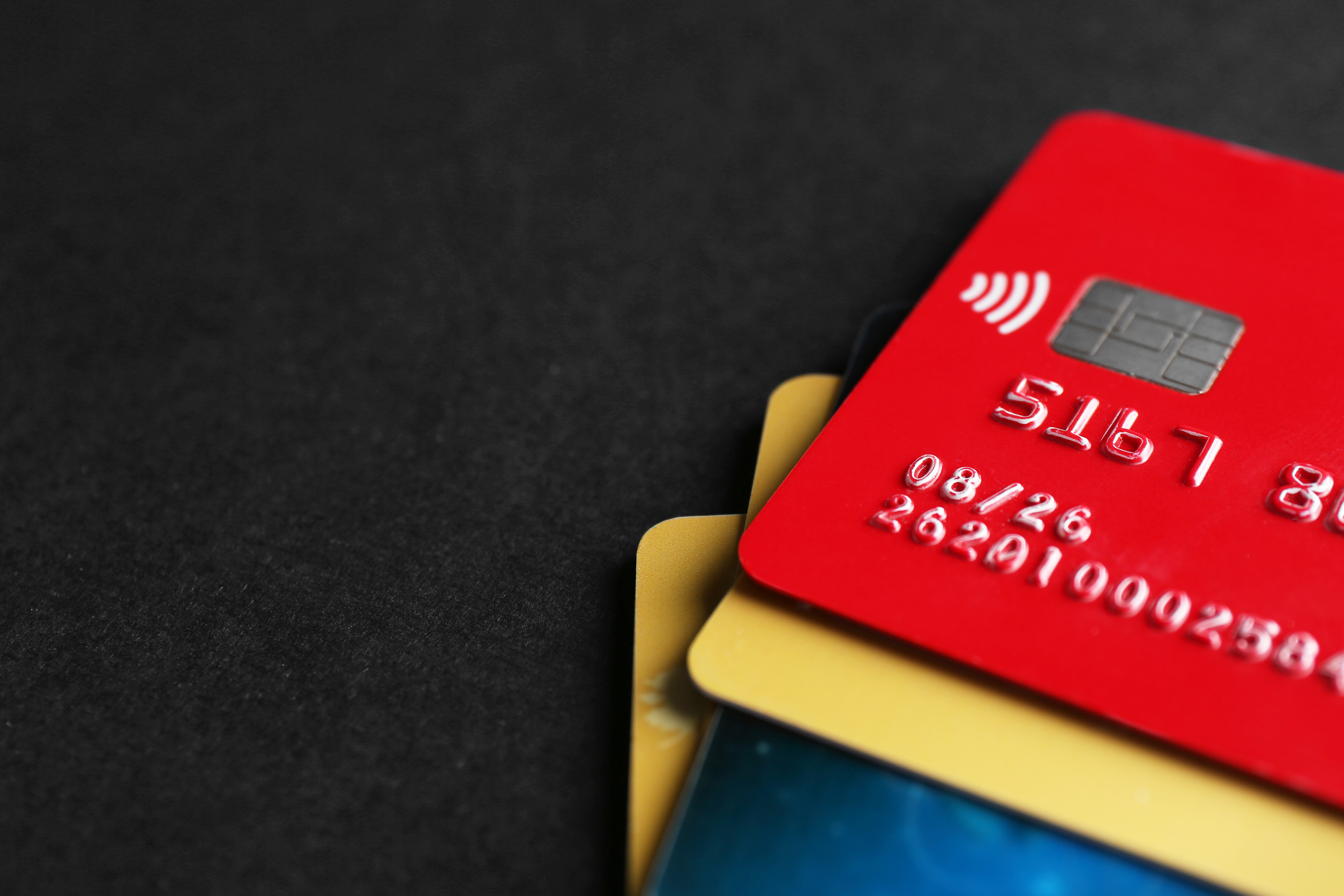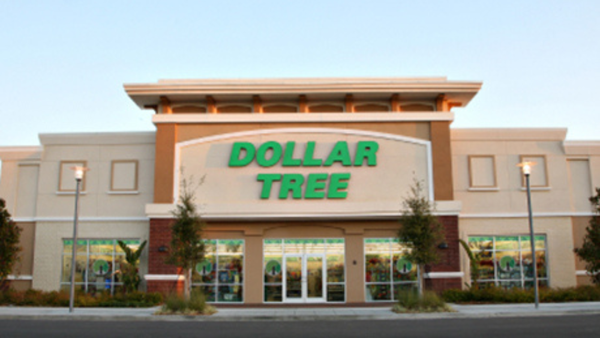
Banks have a knack for making services sound free—until the fine print kicks in. While “no monthly fees” and “free checking” may sound like a sweet deal, hidden charges often lurk just beneath the surface. These fees are rarely highlighted upfront, yet they quietly drain money from accounts every year.
They’re often buried in complex disclosures or cloaked in confusing terminology. The result: millions of customers unknowingly pay for services they didn’t even realize had a price tag.
1. Paper Statement Fees
While digital banking has become the norm, some customers still prefer—or need—paper statements. What banks don’t often say out loud is that opting for this traditional method can trigger monthly fees. The charge may be just a few dollars, but it adds up quickly over time. Most institutions frame it as an “environmental initiative,” masking the real motive: reducing operating costs and nudging users toward digital-only interactions. Unless a customer actively switches to e-statements, these charges may quietly persist.
2. Excessive Withdrawal Fees
Savings accounts typically limit the number of free withdrawals or transfers per month. Exceed that number, and the bank slaps on a fee—sometimes without any real-time warning. This charge stems from outdated federal regulations, but many banks still enforce it even after the rule was relaxed. It’s particularly deceptive because users assume they can access their own money freely. Banks quietly count each transfer or withdrawal, then ding customers at the end of the month.
3. Returned Mail Fees
When a statement or notice is sent to an old or incorrect address and bounces back, some banks charge a returned mail fee. This is essentially a penalty for not updating personal information fast enough. It may seem minor, but the bank pockets money for something that doesn’t even involve the customer’s direct action. The logic is that undelivered mail increases administrative costs—but the reality is that it’s another way to monetize simple errors. Customers often remain unaware until they spot it on a statement.
4. Debit Card Replacement Fees
Lose a debit card, and a replacement is usually just a quick call away—but that convenience can come at a price. Many banks charge for issuing a new card, especially if it’s expedited. While it’s understandable that rush delivery might cost extra, even standard replacements often carry a fee. These charges are rarely mentioned when opening an account. Yet the moment that card disappears, the cost kicks in.

5. Account Inactivity Fees
Some banks penalize account holders for not using their accounts frequently enough. If an account sits idle for a set period—often six to twelve months—it may incur a monthly inactivity fee. The logic behind it? Banks claim inactive accounts require administrative upkeep. In truth, it’s an easy way to profit from customers who forget about an old account or use it sparingly. Unless the inactivity is flagged in advance, most people don’t realize they’re being charged.
6. Foreign Transaction Fees
Using a debit or credit card abroad—or even online with international vendors—can trigger foreign transaction fees. These fees usually hover around 1% to 3% of the purchase total, and they’re often not clearly disclosed. Even worse, some cards double-dip by charging both a flat fee and a percentage. Customers may only notice after reviewing a bank statement well after the fact. Banks justify it as a currency conversion cost, but the real cost often exceeds the actual processing expense.
7. Overdraft Protection Transfer Fees
Overdraft protection sounds like a safety net, but it’s often just another way to generate income. When a checking account runs low and the bank automatically pulls money from a linked savings account, a transfer fee may apply. It’s positioned as a helpful service, but customers end up paying for the privilege of avoiding an even bigger overdraft fee. Ironically, what seems like protection becomes just another penalty. Banks rarely explain these nuances when encouraging users to sign up for overdraft coverage.
8. Minimum Balance Penalties
Some accounts are only “free” if customers maintain a minimum balance—usually several hundred dollars. Fall below that threshold, and the bank imposes a monthly fee without much fanfare. These charges are particularly punishing during times of financial stress, when maintaining a cushion is hardest. The requirement may be buried in the account terms or mentioned as a footnote. Customers often don’t realize they’ve been penalized until reviewing their statements in detail.
9. ATM Balance Inquiry Fees
Checking a balance at an out-of-network ATM can cost money, even if no cash is withdrawn. This charge is completely separate from the standard ATM usage fee. Banks may charge for simply accessing account information on another network’s machine. It’s a sneaky fee because most people assume balance inquiries are free across the board. But banks use this opportunity to make profit off a basic action.
Know What You’re Really Paying For
Banks aren’t always upfront about how much it truly costs to maintain an account. Hidden fees are quietly tucked into everyday services, turning small conveniences into unexpected expenses. From checking balances to receiving a statement, what seems routine can end up costing more than expected. Awareness is the first step toward avoiding these traps.
If you’ve been hit with any of these fees—or discovered others—share your experience in the comments below and help others stay informed.
Read More
10 Financial Services That Changed Their Name After Scandals
These 5 “Lazy” Habits Are Quietly Draining Your Bank Account
The post 9 Common Fees Banks Don’t Advertise—But Still Charge appeared first on Everybody Loves Your Money.







